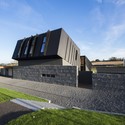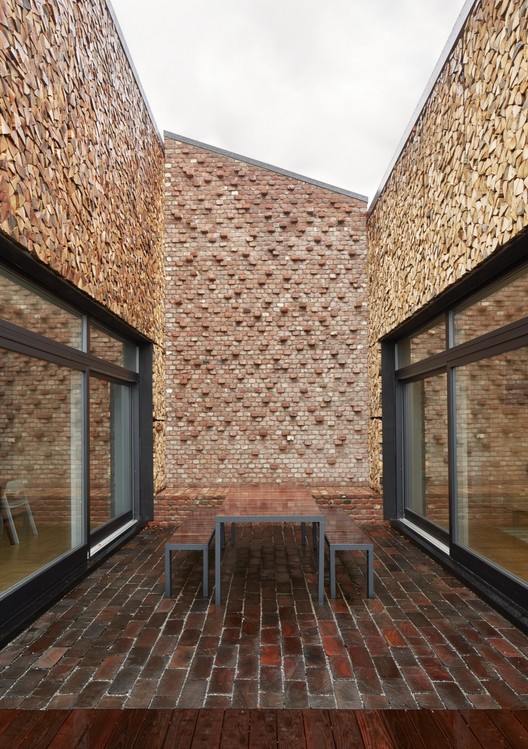
-
Architects: Snøhetta
- Area: 220 m²
- Year: 2014
-
Photographs:Bruce Damonte, Paal-André Schwital, EVE

Text description provided by the architects. Snøhetta is an active partner within ZEB (The Research Center on Zero Emission Buildings). The ZEB Multi-Comfort House is a cooperation between Snøhetta, Scandinavia’s largest independent research body SINTEF, ZEB partner Brødrene Dahl, and Optimera. The volume of the house describes a single family house, however, the building is intended for use as a demonstration platform to facilitate learning on building methodology for plus houses with integrated sustainable solutions.










































